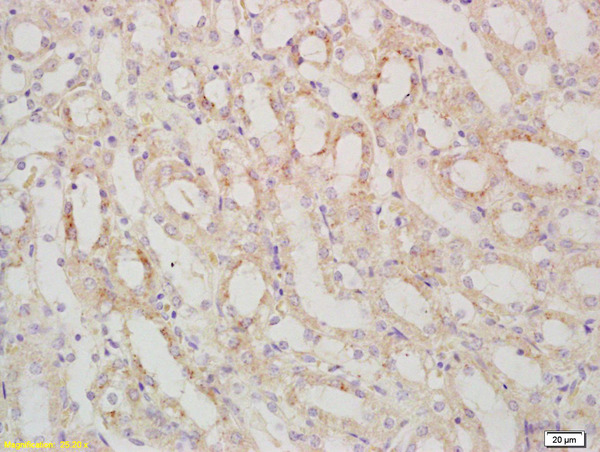SARM1 antibody
GTX131411
ApplicationsImmunoFluorescence, Western Blot, ImmunoCytoChemistry
Product group Antibodies
TargetSARM1
Overview
- SupplierGeneTex
- Product NameSARM1 antibody
- Delivery Days Customer9
- Application Supplier NoteWB: 1:500-1:3000. ICC/IF: 1:100-1:1000. *Optimal dilutions/concentrations should be determined by the researcher.Not tested in other applications.
- ApplicationsImmunoFluorescence, Western Blot, ImmunoCytoChemistry
- CertificationResearch Use Only
- ClonalityPolyclonal
- Concentration0.4 mg/ml
- ConjugateUnconjugated
- Gene ID23098
- Target nameSARM1
- Target descriptionsterile alpha and TIR motif containing 1
- Target synonymshSARM1; HsTIR; MyD88-5; NAD(+) hydrolase SARM1; NADase SARM1; NADP(+) hydrolase SARM1; SAM domain-containing protein 2; SAMD2; SARM; sterile alpha and Armadillo repeat protein; sterile alpha and HEAT/Armadillo motif protein, ortholog of Drosophila; sterile alpha and TIR motif-containing protein 1; sterile alpha motif domain-containing protein 2; tir-1 homolog
- HostRabbit
- IsotypeIgG
- Protein IDQ6SZW1
- Protein NameSterile alpha and TIR motif-containing protein 1
- Scientific DescriptionInvolved in innate immnune response. Acts as a negative regulator of TICAM1/TRIF-dependent Toll-like receptor signaling by inhibiting induction of TLR3- and TLR4-dependent genes. Specifically blocks TICAM1/TRIF-dependent transcription-factor activation and gene induction, without affecting the MYD88-dependent pathway or non-TLR signaling. Negative regulator of NF-kappa-B and IRF activation.
- Storage Instruction-20°C or -80°C,2°C to 8°C
- UNSPSC12352203
References
- Astrocytic SARM1 promotes neuroinflammation and axonal demyelination in experimental autoimmune encephalomyelitis through inhibiting GDNF signaling.Read more
- SARM1 deletion in parvalbumin neurons is associated with autism-like behaviors in mice. Xiang L et al., 2022 Jul 22, Cell Death DisRead more
- Sarm1 induction and accompanying inflammatory response mediates age-dependent susceptibility to rotenone-induced neurotoxicity. Sur M et al., 2018, Cell Death DiscovRead more




